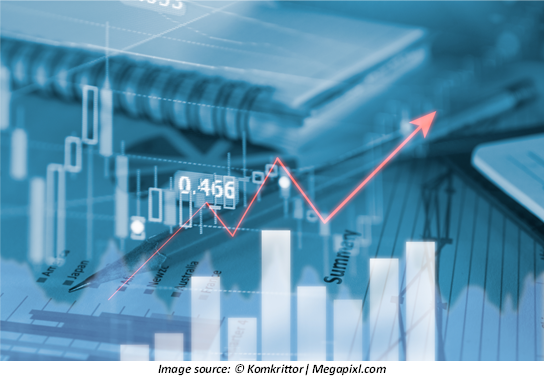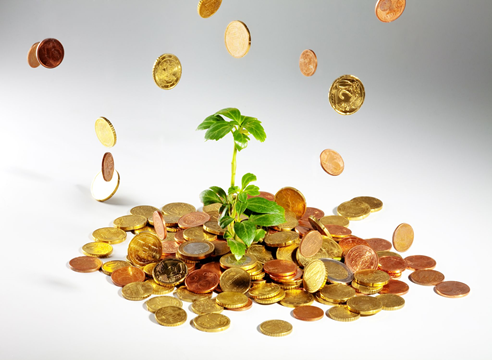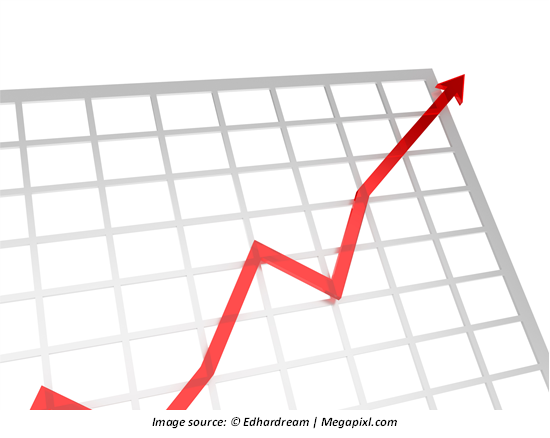What is a risk-free investment?
A risk-free investment refers to investment in a type of asset in which the return exists but there is no possibility of any kind of loss or risk. For instance, the treasury bills which are issued by the US department are considered risk-free assets as the assets are backed by the US government. Since no risk exists in the asset, the return is generally equal to the current market rate of interest.

It has been argued by the researcher’s and academicians that in the financial market, there is no asset that can give 100% guaranteed returns; hence, the concept of risk-free asset is non-existent or completely theoretical. From the technical aspect, the argument holds value as all type of financial assets have a certain degree of risk. Without the presence of risk, the value of the asset will drop or will be zero. In the case of the US treasury or any debt which is issued by the government bodies, the amount of risk is very small, therefore they are considered a risk-free asset.
Summary
- A risk-free investment refers to investment in an asset in which the return exists but there is no possibility of any kind of loss or risk.
- No risk exists in the risk-free asset, the return is generally equal to the current market rate of interest.
- In the case of the US treasury or any debt which is issued by the government bodies, the amount of risk is very small, therefore they are considered a risk-free asset.
Frequently Asked Questions (FAQs)
What is the working of the risk-free asset?
When an investor makes an investment in any asset class, a rate of return is expected by the investor based on the duration for which the asset is held. The risk is the difference between the returns earned and the returns which are expected by the investor while making the investment. Market fluctuations are hard to predict due to which future return cannot be estimated in advance, and the unknown future creates the possibility of risk. A higher level of risk means higher fluctuations or deviations from the expected return; however, the risk can translate into both losses and gains.
Risk-free investments can generate returns as per the expectations of the investor. Since the rate of return can be predicted, it indicates that the amount of risk is very low. Thus, the expected and actual returns are generally the same.
The return is known in the case of the risk-free asset; however, it does not mean that the profit is guaranteed in terms of the purchasing power. The purchasing power associated with the risk-free asset can decline over time due to external factors like inflation.
What is the relationship between returns and risk-free assets?
Risk-free return is a theory that stands for the investment opportunity which will provide guaranteed returns with no risk existing in the investment. The risk-free rate is the interest rate that is expected while making an investment in the risk-free asset for a particular duration. For instance, investors use the interest rate on the US treasury bill (3 months T-bill generally) as a proxy for the risk-free rate of interest for the short term.
The returns from other financial assets are measured against the risk-free rate of return. When an investor invests in an asset that has a higher risk associated with them in comparison to the treasury bills, naturally the demand for the return will be higher. The difference between the risk-free return and the return earned is termed as the risk premium.

Image Source: © Starfotograf | Megapixl.com
What is reinvestment risk?
The risk-free assets are not seen as risky in the sense that they are not likely to default, however, risk-free assets are not immune to reinvestment risk.
If an investment remains risk-free from a long-term perspective, then it is necessary that there is a reinvestment opportunity that is also risk-free. Moreover, the rate of return might not remain constant from the date of investment till maturity in the case of long-term investment especially.
Let’s understand the reinvestment risk with the help of an example. Suppose Mr X has invested in a risk-free asset - say a US Treasury bill through a banking institution. Mr X has instructed the bank that the amount earned from the first investment along with the principal amount should be reinvested in a similar treasury bill (with the same period of maturity). The rate of return from the first investment might be different from the rate of return earned from the second investment. However, despite that the return is guaranteed. Therefore, this risk should be considered by the investors while investing in risk-free assets.
What is the risk-free rate?
A risk-free rate is the rate of interest that is expected by an investor while making an investment in a zero-risk financial asset. In financial markets, the rate of return on the 3-month treasury bill (issued by the government) is considered as the risk-free rate, commonly. It is seen as the safest investment which can be used by any investor.

Risk-free rates only exist in the theories and not in the pragmatic environment as all types of financial assets have some amount of risk associated with them.
The risk-free rate is different from country to country. For example, if an investor is making an investment in the US market, then for calculating risk- premium, the rate of return on the US T-bills should be considered. Similarly, an investor making an investment in the Australian market can invest in Treasury notes issued by the Australian Government and should keep a tab on the rate of return on them.
Risk free rate also impacts the stock market. When the risk-free return increases, then the businesses are under pressure as they must meet the expectations of the investors by delivering higher returns. The profitability projection and keeping the stock prices up becomes the priority.
However, from the investor’s perspective, the increase in the risk-free rate is a positive sign because it means that investors can demand a higher rate on other investments.
 Please wait processing your request...
Please wait processing your request...